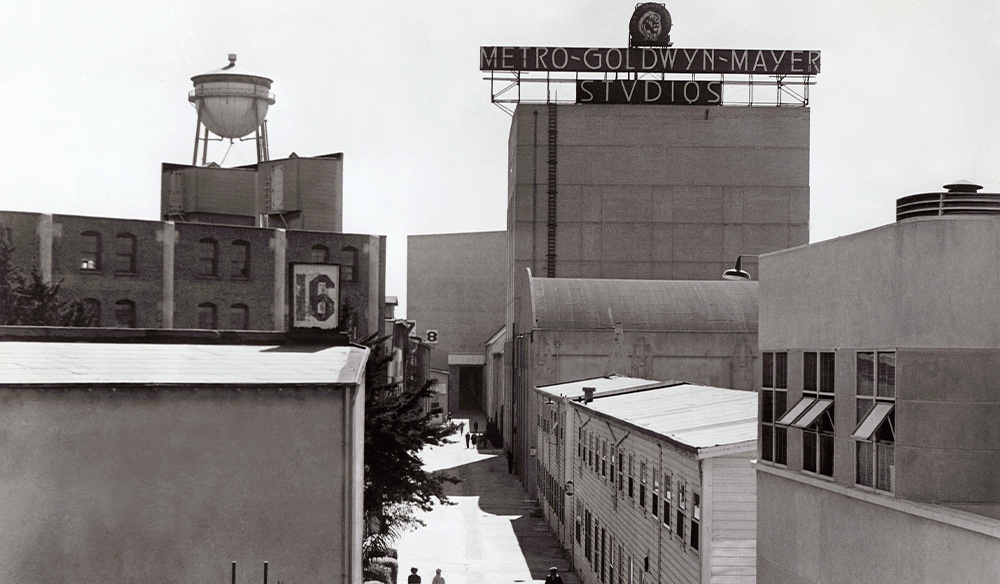Context:
In the 1930s and early 1940s, the studio system held almost complete control over the film industry. Because of their system of vertical integration, by 1945 they owned 17% of all theatres in America, and held exclusive partnerships with 45%, so 62% of all theatres in America could only show films by the studio they were owned by or partnered with. For this reason, it was impossible for foreign or independent, indie films to be shown anywhere. The studios, therefore, held an unfair oligopoly on the industry, dominating all productions that U.S audiences saw. For this reason, filmmakers complained to the U.S department of justice, which claimed that this was an illegal situation, so it was brought to court in 1938.
The 1938 trial:
As Paramount was the biggest studio at the time, it was the main defendant, with the other big 5 and little 3 studios as co-defendants. The case was settled in 1940, with the settlement that by the end of 1943 the studios could continue operating as they did currently, but they would have to follow 4 directives if the case was not to be revisited. These were, 1.
1. They could no longer couple larger films with B-Movies and force theatres to do so, i.e they couldn’t block buck short films along with their longer films.
2. They could continue to do this when allowed by a theatre, but could show no more than 5 of their films at a time. Therefore, they couldn’t force the theatres to show only their films, holding a monopoly on what was shown to the audiences.
3. “Blind-buying” was made illegal. This was where the studios would refuse to tell the theatres what they were being paid to show, so now the theatres could be shown the film and say whether or not they wanted to show it.
4. There had to be a voluntary nation wide administration board to make sure these things happened.
The studios completely ignored these directives and continued on as they had before the case. For this reason, when the case was reviewed, it was sent to the Supreme Court in 1948.
The 1948 Trial:
The verdict reached in this trial went entirely against the studios. It was made illegal in the U.S for film studios to own film theatres. This forced the studios to sell all of their theatres in a certain amount of time, and sent the entire studio system crashing down. This was made worse by the simultaneous suburbanisation away from cities so that more audiences lived further away from cinemas, and the rise of affordable TV, making it so that people could watch film from home. This led to studio companies going bankrupt, being bought and sold, losing money, etc. The Golden Age of Hollywood was over, ended by a sudden and severe decline.
In the long term, this had a positive effect. The studios were forced to be more competitive, This ushered in a ‘new age of Hollywood’ in which there was opportunity for foreign films to be shown, indie films and indie filmmakers to gain traction, and more experimental, artistic work not made so much for profit as for artistic value to be shown to American audiences.

You must be logged in to post a comment.